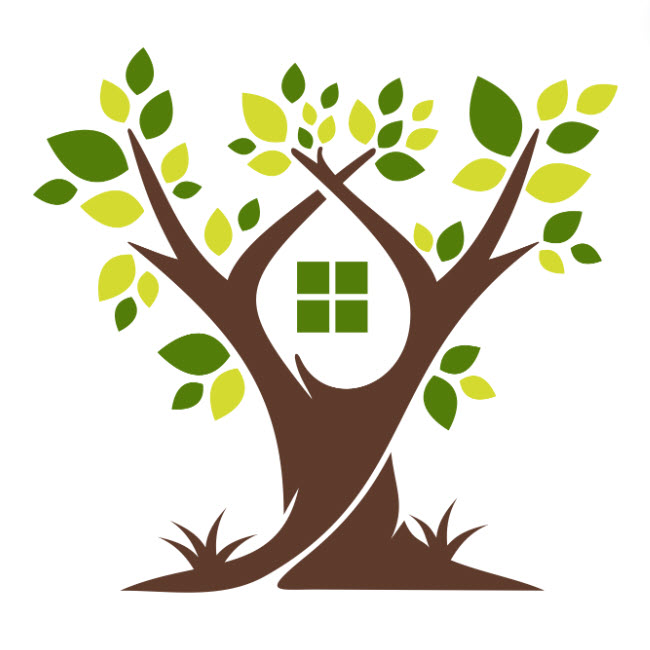Tree Trimming
Tree trimming is an essential aspect of maintaining a healthy and aesthetically pleasing landscape. Whether you own an apple orchard, a lush garden with diverse species, or a simple backyard with a few trees, proper tree maintenance ensures your greenery thrives. This guide will delve into various aspects of tree trimming, including services, costs, and specific techniques for different types of trees.
Understanding Tree Trimming
Tree trimming involves the selective removal of certain parts of a tree, such as branches, buds, or roots. The primary purposes are to improve tree health, enhance appearance, and reduce potential hazards. Regular trimming can prevent diseases, promote growth, and improve the structural integrity of trees.
Tree Trimming Services
Tree trimming services encompass a broad range of activities tailored to meet the unique needs of different trees and landscapes. Professional tree trimmers use specialized tools and techniques to ensure safe and efficient trimming. Services typically offered include:
- Routine Trimming: Regular maintenance to remove dead or diseased branches.
- Tree Shaping: Pruning to create a desired shape or structure.
- Hazard Trimming: Removal of branches that pose a risk to people or property.
- Emergency Services: Immediate response to storm damage or fallen trees.
Specific Tree Trimming Techniques
Different trees require different trimming techniques. Here are some guidelines for various types of trees:
- Apple Tree Trimming:
- Essential for encouraging fruit production.
- Best done in late winter or early spring.
- Focus on removing dead or overcrowded branches.
- Palm Tree Trimming:
- Necessary for removing dead fronds and preventing pest infestations.
- Best done in spring.
- Care must be taken not to remove healthy fronds excessively.
- Oak Tree Trimming:
- Important for maintaining structure and health.
- Best done in the dormant season (late winter).
- Avoid excessive trimming to prevent oak wilt.
- Maple Tree Trimming:
- Helps improve air circulation and sunlight penetration.
- Best done in late winter or early spring.
- Prune lightly to avoid sap bleeding.
- Pine Tree Trimming:
- Focus on removing dead or diseased branches.
- Best done in late winter or early spring.
- Avoid cutting the main leader branch.
- Arborvitae Trimming:
- Often used for hedges and privacy screens.
- Best done in early spring before new growth.
- Trim lightly to maintain shape.
- Cedar Tree Trimming:
- Important for maintaining health and shape.
- Best done in late winter or early spring.
- Remove dead or weak branches.
- Evergreen Tree Trimming:
- Necessary for maintaining shape and health.
- Best done in late winter or early spring.
- Avoid heavy trimming.
Tree Trimming Companies
Numerous tree trimming companies offer a range of services to meet the needs of residential and commercial clients. When selecting a company, consider the following:
- Licensed Tree Trimmers: Ensure the company employs certified arborists.
- Local Tree Trimmers: Choosing a local company can provide quicker response times and familiarity with local tree species.
- Professional Tree Trimmers: Look for companies with experienced and trained staff.
Average Cost of Tree Trimming
The cost of tree trimming varies based on several factors, including tree size, location, and complexity of the job. Here are some average costs:
- Tree Trimming Cost Per Hour: Typically ranges from $75 to $150 per hour.
- Cost to Trim Large Tree: Can range from $500 to $1,500, depending on the tree’s height and accessibility.
- Affordable Tree Trimming: Smaller jobs or simple trims can cost between $100 and $300.
- Cheap Tree Trimming Service: Be cautious of unusually low quotes, as they may indicate a lack of proper insurance or expertise.
Tree Trimming and Removal
In some cases, tree removal may be necessary due to disease, damage, or safety concerns. Tree trimming companies often provide removal services, including:
- Complete Tree Removal: Safe and efficient removal of the entire tree.
- Stump Grinding: Removal of the tree stump to allow for new planting or landscaping.
- Debris Removal: Clearing away branches and wood after trimming or removal.
Additional Services
Many tree trimming companies offer additional services to cater to a variety of landscaping needs:
- Shrub Trimming Services: Maintaining the health and appearance of shrubs and bushes.
- Bush Trimming: Similar to shrub trimming but often involves smaller, denser plants.
- PGE Tree Trimming: Specialized services for maintaining trees near power lines to prevent outages and hazards.
- City Tree Trimming: Municipal services to maintain public trees along streets and in parks.
The Importance of Hiring Professionals
Professional tree trimmers have the expertise, tools, and experience to handle tree trimming safely and efficiently. They can assess tree health, recommend the best course of action, and execute the work without causing harm to the tree or surrounding property. Certified arborists can also provide valuable advice on long-term tree care and maintenance.
Conclusion
Tree trimming is a crucial aspect of tree care that offers numerous benefits, from enhancing tree health to improving the safety and appearance of your landscape. Whether you require routine maintenance, emergency services, or specialized trimming for certain tree species, hiring a professional tree trimming service ensures the job is done right. By understanding the costs, techniques, and services available, you can make informed decisions to keep your trees healthy and beautiful for years to come. See more about our tree trimming services.

